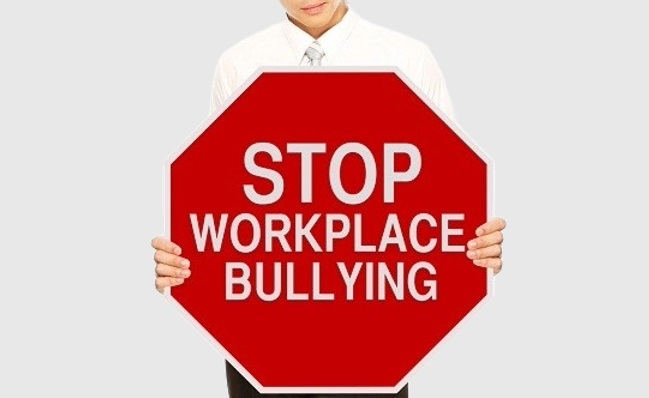
• Recognizing what a hostile work environment looks like now that the EEOC has comprehensive updated guidance covering all forms of harassment based on protected status.
• Creating a comprehensive anti-hostility and harassment policy that will help prevent, identify and fix hostile work environments of every sort. Hint: The key is training and accountability.
• How to root out systemic harassment — hostility that’s baked into your organization’s culture — and why you should never punish employees who bring it to light.
• How to ensure all managers and supervisors understand their responsibilities, including how to handle discrimination and harassment they witness, and comply with the EEOC’s increasing expectation to encourage bystander reporting as a component of preventing and stopping harassment.
• Reining in all forms of hostility and harassment, whether it is aimed at your employees, customers or clients, and regardless of where the harassment is coming from.
• Dealing with the most difficult harassment cases, like those that involve behavior from customers, patients or clients, and what steps you can reasonably take.
• Hear examples of harassment, including unusual and emerging forms targeting teleworkers, religious beliefs and practices, gender identity, race and social-media usage, and hostility based on more than one protected characteristic.










